A Non-Random Walk Down Wall Street
$21.91
| Author(s) | , |
|---|---|
| Format |
|
| Pages |
338 |
| Publication Year |
1999 |
A Non-Random Walk Down Wall Street by Andrew W. Lo and A. Craig MacKinlay is a groundbreaking work that challenges one of the most entrenched ideas in finance—the Efficient Market Hypothesis (EMH). Where the traditional view argues that stock price movements are essentially random and unpredictable, Lo and MacKinlay present compelling evidence that markets exhibit patterns, trends, and predictable structures that can be systematically studied and exploited.
Drawing on rigorous statistical analysis and decades of empirical research, the authors demonstrate that stock returns are not purely random, but instead show dependencies that reveal opportunities for informed investors. Using innovative econometric techniques, they dissect anomalies such as momentum, mean reversion, and other persistent behaviors in asset prices, showing how these characteristics directly contradict the idea of purely efficient markets.
This book bridges the gap between academic theory and practical application. While deeply analytical, Lo and MacKinlay write with clarity, making complex concepts accessible to professionals and serious students of finance. They not only critique the foundations of EMH but also lay out the framework for a new understanding of market behavior—one that recognizes inefficiencies and opens the door for systematic trading strategies.
Beyond its theoretical contributions, A Non-Random Walk Down Wall Street has had lasting influence on quantitative finance and behavioral economics. It emphasizes the importance of adaptive markets, where investor behavior, institutional structures, and evolving conditions play a critical role in shaping outcomes. By questioning long-held assumptions and replacing them with data-driven insights, the authors empower readers to rethink how markets work and how to approach investing in them.
Whether you are an academic researcher, a finance professional, or an investor intrigued by the science behind trading strategies, this book provides both intellectual depth and practical perspective. It is a definitive text for anyone seeking to move beyond traditional doctrines and embrace a more nuanced understanding of market dynamics.
Contents:
- Stock Market Prices Do Not Follow Random Walks: Evidence from a Simple Specification Test
- The Size and Power of the Variance Ratio Test in Finite Samples: A Monte Carlo Investigation
- Econometrίc Analysis of Nonsynchronous Trading
- When Are Cοηtrarian Profits Due to Stock Market Overreaction?
- Long-Term Memory in Stock Market Prices
- Multifactor Models Do Not Explain Deviations from the CAPM
- Data-Snooping Biases in Tests of Financial Asset Pricing Models
- Maximizing Predictability in the Stock and Bond Markets
- An Ordered Probit Analysis of Transaction Stock Prices
- Index-Futures Arbitrage and the Behavior of Stock Index Futures Prices
- Order Imbalances and Stock Price Movements on October 19 and 20, 1987
A Non-Random Walk Down Wall Street By Andrew Lo, Archie Craig MacKinlay pdf
8 reviews for A Non-Random Walk Down Wall Street
Clear filtersOnly logged in customers who have purchased this product may leave a review.

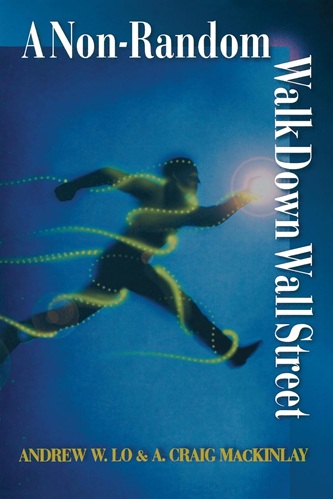
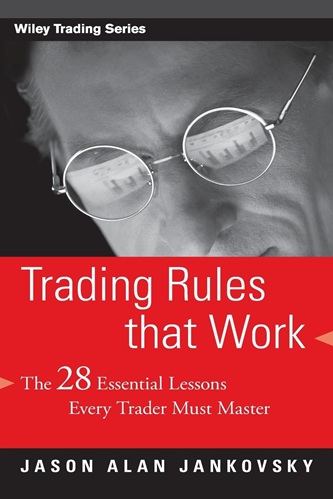

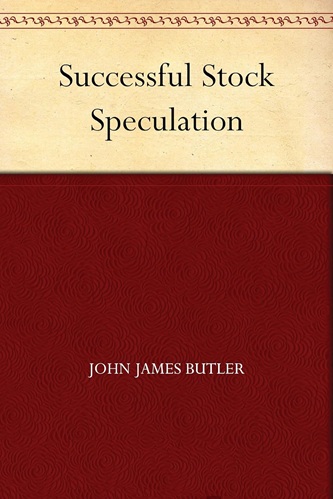
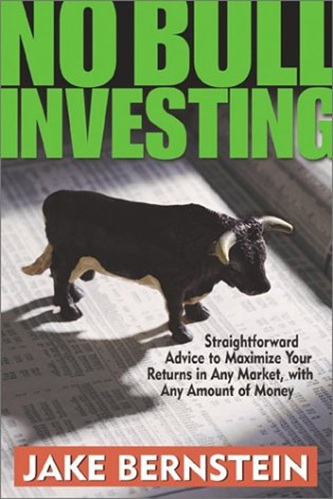
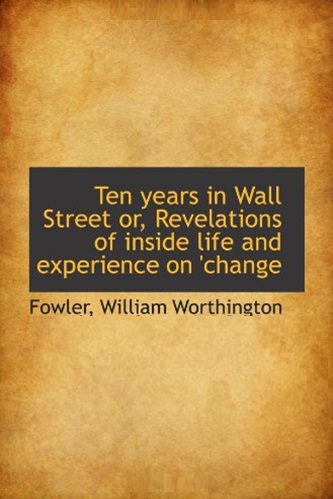
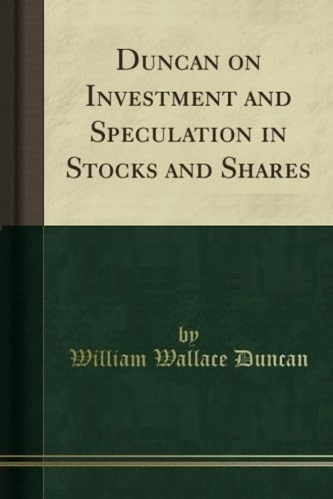
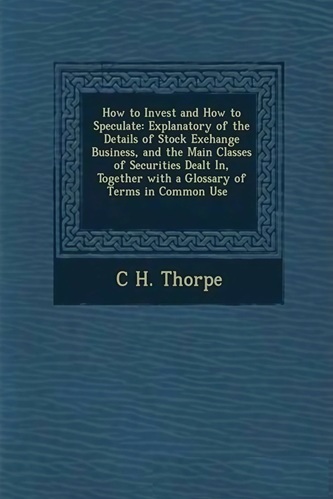
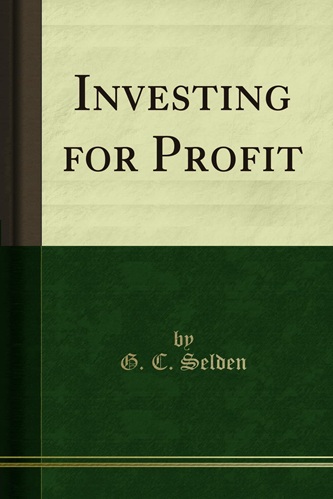
Logan Pennington (verified owner) –
he common feature of this work . . . is that it is guided by simple economic intuitions while simultaneously being econometrically rigorous and careful.
Xander Beltran (verified owner) –
After reading A Random Walk, I was expecting another easy, entertaining read. This turned out to be much more technical. Even with a fairly strong statistics background, I still got lost. The style is much more dry. It’s not written for the general public like A Random Walk is.
Yareli Garner (verified owner) –
Great book, very detailed.
Logan Riley (verified owner) –
I picked up this book to try to get some background on arguments for and against random walk. Maybe this book has that. I don’t know. I have a B.S. in Math and I don’t want to go back to school for two years to understand this book.
The book is a bunch of math, that’s it. If you’re looking for a higher level, “semi-technical” discussion this isn’t it.
If you want to sit down with a nice cup of tea and enjoy some graduate level statistics, then go ahead and get it.
Ryan Middleton (verified owner) –
What this book is not:
This book is not (at least not direct) instruction on how to beat the market. It is also relatively theoretical (decent portion of formalism)… so only for advanced users a good night reading
What this book is:
An enlightenment for all the people (especially traders) who repeatedly lead the Random Walk theory to consider quantitative financial theory as a non-worldly, theoretical nonsense. title.
Andrew Lo is Director at MIT Laboratory for Financial Engineering. More academy does not go!!! The book is from 1999… the papers on which the book is based are sometimes much older.
So we conclude that
1.) some (in my opinion almost all) academics and/or quants for a long time are NOT really starting from the random walk theory…
2.) and still use them if it is necessary, reasonable or at least reasonable for model reasons.
Anyone who thinks about the meaning and purpose of a model will realize that 1) and 2) is not a contradiction (IMHO)…
The book is frankly a collection of papers and articles, and it’s not cheap for that. Many of the papers are available as working paper online for umme (take a look at the author’s home page)…
Nevertheless, I can only recommend the book. Andrew Lo is a gifted empirician. It definitely provides a lot of information and discussion material for many financial econometric classes. Having it so compactly lying on the table is well invested money. The graphs are meaningful, just like the many tables, even if some of them are a bit tiring to read.
Classic!!! For interested a mandatory purchase!!!
Izaiah Keller (verified owner) –
This guy is making me so much money in the markets right now it is ridiculous.
Kaydence Cruz (verified owner) –
This book is really a useful tool for someone who wants an in-depth analysis of the markets. It analyses enough of papers that analyse the non-randomness of the stockmarkets and it improves the knowledge provided using examples. Moreover it uses mathematical formulations in order to support the supported ideas.
Madalyn Schroeder (verified owner) –
Perfect, thank you. No Issues to report